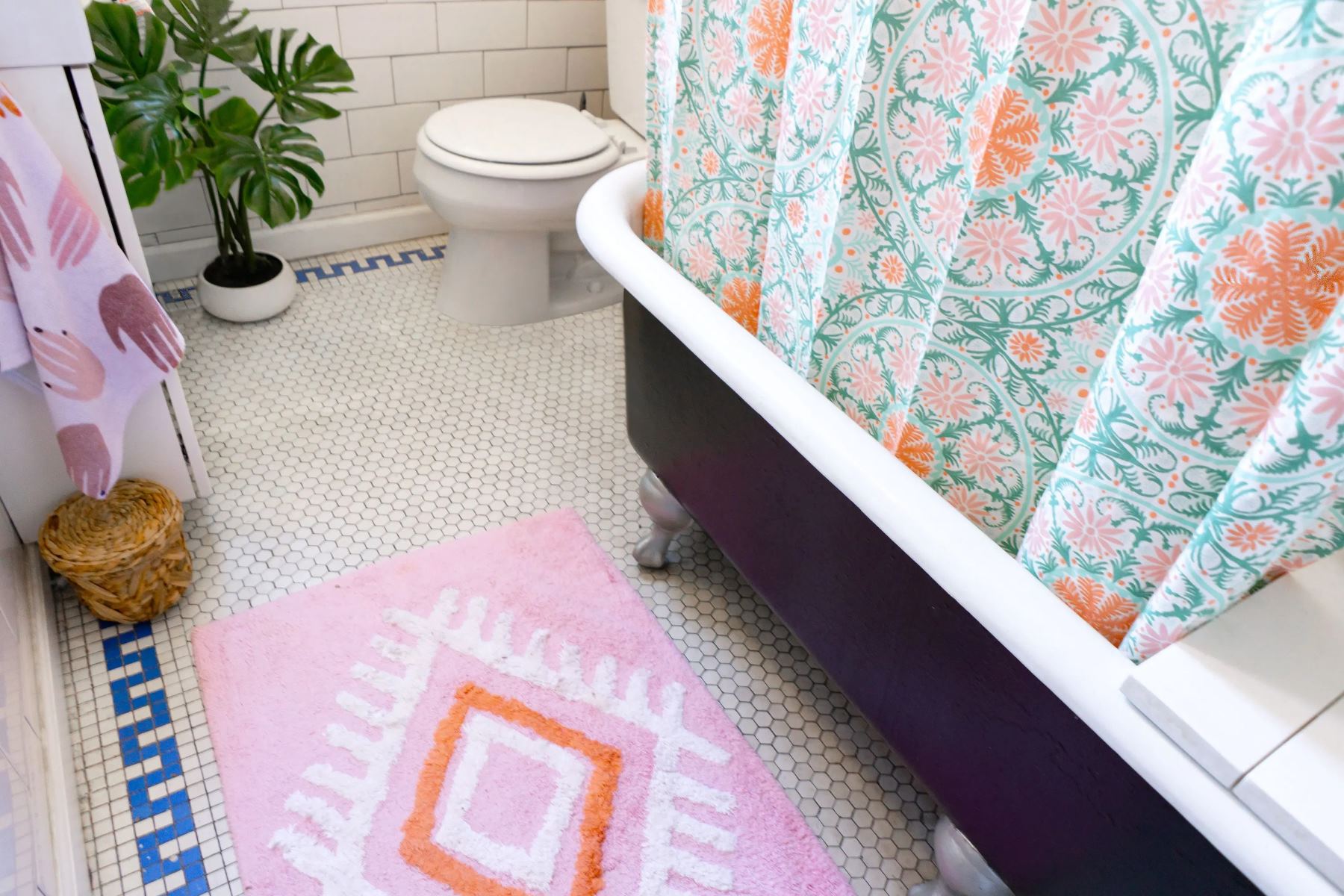

Articles
How To Keep Bathroom Rugs From Slipping
Modified: February 24, 2024
Discover effective ways to keep your bathroom rugs from slipping with our informative articles. Prevent accidents and ensure safety in your bathroom.
(Many of the links in this article redirect to a specific reviewed product. Your purchase of these products through affiliate links helps to generate commission for Storables.com, at no extra cost. Learn more)
Introduction
Bathroom rugs not only add warmth and style to your bathroom decor, but they also serve a practical purpose by providing a soft and dry surface to step on. However, a common issue with bathroom rugs is that they can often become slippery, presenting a potential hazard for slips and falls. Fortunately, there are several effective methods and solutions to keep your bathroom rugs from slipping. In this article, we will explore the importance of preventing bathroom rugs from slipping, the causes of slippery rugs, and various techniques to ensure a safe and stable bathroom rug.
Slippery bathroom rugs can be a significant safety concern, especially for children, elderly individuals, and individuals with mobility issues. A simple slip on a rug can result in serious injuries, including sprains, fractures, and even concussions. By taking proactive measures to prevent bathroom rugs from slipping, you can ensure a safer environment and minimize the risk of accidents in your home.
The causes of slippery bathroom rugs often relate to the rug’s material, the surface it is placed on, and the presence of moisture. Rugs made of slick materials like silk or certain synthetic fibers tend to slide easily on smooth surfaces like tile or laminate flooring. Additionally, the presence of water or condensation in the bathroom can make rugs absorbent and prone to sliding. Understanding these causes is crucial in finding the right solutions to keep your bathroom rugs firmly in place.
There are numerous methods to keep bathroom rugs from slipping, ranging from simple DIY solutions to specialized products designed specifically for this purpose. In the following sections, we will delve into each technique, discussing its benefits and how to implement it effectively. By incorporating these methods, you can maintain a non-slip bathroom rug that provides both comfort and safety.
Key Takeaways:
- Preventing bathroom rugs from slipping is crucial for safety, and various methods such as rug grippers, non-slip sprays, and choosing the right rug type can ensure a secure and stable bathroom environment.
- Regular maintenance, proper cleaning, and choosing the right bathroom rug material are essential for maintaining a non-slip bathroom rug and preventing accidents in the bathroom.
Read more: How To Keep A Ladder From Slipping
Importance of Preventing Bathroom Rugs from Slipping
Preventing bathroom rugs from slipping is of utmost importance for several reasons. First and foremost, it helps ensure the safety of everyone using the bathroom, significantly reducing the risk of slips and falls. Slippery rugs can be particularly dangerous in bathrooms, where floors are frequently wet due to showering, splashing water, or wet feet. These accidents can lead to injuries, ranging from minor bruises to severe fractures or head trauma.
Slips and falls are a leading cause of injuries in homes, especially among children and older adults. By taking steps to prevent bathroom rugs from slipping, you can create a safer environment for everyone, regardless of age or mobility. It provides peace of mind, particularly for parents and caregivers who want to minimize the potential hazards their loved ones might encounter in the bathroom.
Furthermore, preventing bathroom rugs from slipping also helps protect your floors. Sliding rugs can cause scratches, scuffs, and damage to different types of flooring, such as hardwood, tile, or vinyl. Over time, this can degrade the quality and appearance of your bathroom floor. By keeping your rugs securely in place, you can preserve the integrity of your flooring and avoid costly repairs or replacements.
In addition to safety and floor protection, preventing bathroom rugs from slipping enhances the overall aesthetics and functionality of your bathroom. A well-positioned, non-slip rug can instantly elevate the appearance of your bathroom, adding warmth, texture, and style. It can tie together the design elements of the space and create a cohesive and visually pleasing ambiance. Moreover, a rug that stays in place provides a comfortable and reliable surface to stand on after a shower or while getting ready in the morning.
Addressing the issue of slippery bathroom rugs is not only beneficial for immediate safety concerns but also for long-term well-being and peace of mind. By implementing effective methods to prevent rugs from slipping, you are taking proactive measures to create a secure and welcoming bathroom environment that promotes safety, comfort, and style.
Understanding the Causes of Slippery Bathroom Rugs
Slippery bathroom rugs can be a frustrating and potentially dangerous issue. To effectively prevent them from slipping, it is important to understand the underlying causes of this problem. Here are some common causes of slippery bathroom rugs:
- Material: The material of the rug plays a significant role in its slipperiness. Rugs made from smooth materials, such as silk or certain synthetic fibers, tend to have less grip on the floor surface, making them more likely to slide around.
- Smooth Floor Surfaces: Bathroom rugs placed on smooth floor surfaces, such as tile, laminate, or vinyl, are prone to sliding. The lack of traction between the rug and the floor increases the likelihood of accidents, especially when the rug is wet or exposed to moisture from sources like showers or sinks.
- Moisture: Bathrooms are inherently moist environments, and water can easily make its way onto the rug. Whether it is from stepping out of the shower or splashing water from the sink, the presence of moisture can make the rug absorbent and slippery.
- Poor Rug Backing: The backing of the rug plays a crucial role in preventing slipping. If the rug has a worn-out or ineffective backing, it may not provide enough grip to keep it in place, regardless of the material or surface it is placed on.
Understanding these causes allows you to address the problem effectively and choose the appropriate solutions to make your bathroom rug non-slip. By targeting the root causes, you can ensure a safer and more stable rug in your bathroom.
Methods to Keep Bathroom Rugs from Slipping
If you’re tired of constantly readjusting your slippery bathroom rug, there are several effective methods to keep it firmly in place. Here are some techniques to prevent bathroom rugs from slipping:
- Using Rug Grippers or Non-Slip Rug Pads: Rug grippers or non-slip rug pads are specially designed to provide extra traction and grip between the rug and the floor. These can be easily placed underneath the rug to ensure it stays in position. Rug grippers often use sticky or adhesive material to adhere to both the rug and the floor, creating a stable and non-slip surface.
- Applying Double-Sided Tape or Rug Tape: Double-sided tape or rug tape can effectively secure your bathroom rug in place. Apply the tape to the corners and edges of the rug, ensuring it adheres firmly to the floor. This method is particularly useful for temporary rugs or rugs that cannot accommodate a non-slip pad.
- Using Non-Slip Spray or Rug Gripper Spray: Non-slip sprays or rug gripper sprays can provide an additional layer of grip on the back of the rug. Spray the product on the backside of the rug, following the manufacturer’s instructions, and allow it to dry. The tacky surface created by the spray helps prevent slipping and sliding.
- Sewing Rug Velcro Strips or Rubber Bands: Sewing Velcro strips or rubber bands onto the corners or edges of the rug is another effective method to keep it from moving. Attach one side of the Velcro strip or rubber band to the rug and the other side to the floor. This creates a stronger bond and prevents the rug from slipping.
- Utilizing Silicone Caulk or Adhesive Strips: Apply silicone caulk or adhesive strips to the backside of the rug to create a textured and non-slip surface. Simply spread the caulk or attach the adhesive strips to the back of the rug, focusing on the corners and edges. Allow it to dry completely before placing the rug back on the floor.
- Installing Anti-Slip Mats or Rug Anchors: Anti-slip mats or rug anchors are specialized products that anchor the corners of the rug to the floor. These products typically feature adhesive material on one side to stick to the rug and a non-slip surface on the other side to grip the floor.
- Choosing the Right Type of Bathroom Rug: Opt for bathroom rugs with built-in non-slip features, such as rubber or latex backing. These rugs provide better grip, reducing the chances of slipping. Look for rug labels that specifically mention non-slip or skid-resistant properties when purchasing a bathroom rug.
Implementing one or a combination of these methods will help keep your bathroom rug securely in place, promoting safety and preventing slips and falls in your bathroom.
Using Rug Grippers or Non-Slip Rug Pads
Rug grippers and non-slip rug pads are simple yet effective tools to keep your bathroom rug from slipping. These products provide an added layer of traction and stability, ensuring that your rug stays in place even on smooth surfaces. Here’s how you can use rug grippers or non-slip rug pads:
- Rug Grippers: Rug grippers are typically made of adhesive or sticky materials that adhere to both the rug and the floor. They come in various shapes and sizes, allowing you to choose the ones that best suit your rug’s dimensions. Follow these steps to use rug grippers:
- Start by cleaning the floor surface and ensuring it is dry and free from any dust or debris.
- Place the rug grippers on the floor in the desired position, considering the rug’s size and shape.
- Peel off the protective backing of the rug grippers to expose the adhesive side.
- Press the rug grippers firmly onto the floor, ensuring they adhere completely.
- Position the rug on top of the rug grippers, pressing it down firmly to create a secure bond.
- Non-Slip Rug Pads: Non-slip rug pads are thicker and provide cushioning in addition to preventing slipping. They are typically made of materials like rubber or latex, which offer superior grip. Follow these steps to use non-slip rug pads:
- Clean and dry the bathroom floor before placing the rug pad.
- Measure the size of your rug pad and cut it to fit the dimensions of your bathroom rug.
- Place the rug pad on the floor, ensuring it completely covers the area where the rug will be placed.
- Center your bathroom rug on top of the rug pad, making sure it aligns with the edges of the pad.
- Press the rug down firmly onto the rug pad to secure it in place.
Using rug grippers or non-slip rug pads not only prevents your bathroom rug from slipping but also provides additional cushioning and comfort underfoot. These products are widely available online, in home improvement stores, and in department stores. Choose high-quality rug grippers or non-slip rug pads to ensure their effectiveness and durability.
Remember to periodically check the rug grippers or rug pads for any wear or loss of adhesive. If needed, reapply or replace them to maintain a secure grip and prevent rug slippage. With rug grippers or non-slip rug pads, you can enjoy a stable and safe bathroom rug that stays in place, even in high-moisture areas like the bathroom.
Read more: How To Keep Couch Cushions From Slipping
Applying Double-Sided Tape or Rug Tape
Another effective method to keep your bathroom rug from slipping is by using double-sided tape or rug tape. These adhesive solutions create a strong bond between the rug and the floor, preventing any movement or sliding. Here’s how you can apply double-sided tape or rug tape to secure your rug:
- Clean the Floor: Before applying the tape, make sure the floor surface is clean and free from any dirt, dust, or moisture. Cleaning the floor ensures a better adhesion between the tape and the floor, maximizing its effectiveness.
- Choose the Tape: Select a high-quality double-sided tape or rug tape that is suitable for your bathroom floor type and safe to use on your rug material. Ideally, opt for a tape that is designed specifically for securing rugs to prevent any damage to the floor or rug.
- Measure and Cut the Tape: Measure the length of each side of the rug where you want to apply the tape. Cut the tape into strips of the appropriate size, ensuring they are slightly shorter than the rug’s dimensions to prevent them from being visible.
- Apply the Tape: Peel off the protective backing of the double-sided tape or rug tape to expose the adhesive side. Place the tape along the edges and corners of the rug, ensuring it is positioned evenly. If your rug is larger, you may want to add a few strips of tape in the center as well.
- Press the Rug Down: Once the tape is in place, carefully position the rug on top of the tape, aligning it with the edges. Press down firmly on the rug, ensuring it adheres to the tape and creates a secure bond.
Double-sided tape and rug tape provide a strong and reliable grip, preventing your bathroom rug from slipping or moving around. They are particularly useful for rugs that cannot accommodate rug grippers or non-slip rug pads, such as smaller or irregularly shaped rugs.
Keep in mind that when it comes time to remove the rug or reposition it, the tape may leave behind residue on the floor or the back of the rug. To avoid any damage, carefully peel off the tape, and if necessary, use an adhesive remover or gentle cleaning solution to eliminate any remaining adhesive.
Double-sided tape or rug tape is readily available at home improvement stores or online retailers. Choose a high-quality tape that offers strong adhesion and is compatible with both your rug and flooring materials. With this simple and effective method, you can enjoy a securely anchored bathroom rug that stays in place, even in high-traffic areas.
Using Non-Slip Spray or Rug Gripper Spray
If you’re looking for a versatile and non-permanent solution to keep your bathroom rug from slipping, non-slip spray or rug gripper spray can be a fantastic option. These products create a tacky surface on the back of the rug, improving its grip and preventing any unwanted movement. Here’s how you can use non-slip spray or rug gripper spray:
- Clean and Dry the Rug: Start by ensuring that the back of your bathroom rug is clean and free from any dust, dirt, or debris. Use a vacuum cleaner or shake the rug outside to remove any loose particles. It’s important that the surface is clean to allow for proper adhesion.
- Choose the Right Spray: Look for a non-slip spray or rug gripper spray that is specifically formulated for rugs and provides a strong grip. Read the instructions and make sure the product is compatible with your rug’s material.
- Apply the Spray: Lay your rug on a clean and flat surface, with the backside facing up. Shake the can of non-slip spray or rug gripper spray well before applying. Hold the can approximately 6 to 8 inches away from the rug’s surface and spray an even coat across the entire back of the rug. Ensure that the spray covers all corners and edges.
- Allow it to Dry: After applying the spray, allow it to dry completely according to the product’s instructions. This can take anywhere from a few hours to overnight. Avoid walking on the rug or placing it back in the bathroom until it is fully dry.
- Test and Adjust: Once the sprayed rug is dry, test its grip by gently tugging on the corners. If needed, reapply another coat of the non-slip spray and allow it to dry again. Repeat this process until you achieve the desired level of traction.
Non-slip spray or rug gripper spray provides a temporary yet effective solution for keeping your bathroom rug in place. It is particularly helpful if you want to maintain the aesthetic appeal of your rug or if you frequently move or rearrange your rugs. Additionally, the spray formula does not leave any residue on the floor, making it easy to clean or replace the rug when needed.
Remember to periodically check the condition of the non-slip spray on your rug. Over time and with regular use, the grip may diminish. If you notice any loss of traction, simply reapply the spray to restore its effectiveness.
Non-slip sprays or rug gripper sprays can be found at home improvement stores, online retailers, or specialty rug stores. Be sure to choose a reliable brand that is designed specifically for rugs and offers good adhesion. With the help of non-slip spray, you can enjoy a secure, slip-free bathroom rug that stays in place even in high-moisture areas.
To keep bathroom rugs from slipping, use a non-slip rug pad underneath or apply double-sided carpet tape to the back of the rug. This will help prevent any accidents and keep the rug in place.
Sewing Rug Velcro Strips or Rubber Bands
If you prefer a more permanent solution to keep your bathroom rug from slipping, sewing rug Velcro strips or rubber bands onto the rug is a reliable option. This method ensures a secure attachment between the rug and the floor, preventing any unwanted movement. Here’s how you can sew rug Velcro strips or rubber bands onto your bathroom rug:
- Measure and Cut: Start by measuring the size of your bathroom rug and cut the Velcro strips or rubber bands into appropriate lengths. Make sure to choose high-quality Velcro strips or thick rubber bands that can withstand the tension and strain of regular use.
- Prepare the Rug and Strips: Turn your bathroom rug upside down and position it on a flat surface. Take the Velcro strips or rubber bands and lay them out along the edges or corners of the rug. Ensure that the strips or bands are evenly spaced and will provide a secure grip.
- Sew the Strips or Bands: Using a needle and thread or a sewing machine, sew the Velcro strips or rubber bands onto the rug. Stitch through both the rug and the strips or bands, providing multiple stitches for added durability and strength. Sew around the entire perimeter of the rug, focusing on the corners and edges.
- Test the Grip: Once you have finished sewing, flip the rug over and place it on the bathroom floor. Press down firmly on the rug to test the grip and ensure that it remains firmly in place. Adjust the sewn strips or bands if necessary to achieve the desired level of stability.
By sewing Velcro strips or rubber bands onto your bathroom rug, you create a secure attachment that prevents slipping and keeps the rug in place. This method is particularly effective for larger or heavier rugs that require extra stability and for rugs placed in high-traffic areas.
It’s important to note that sewing Velcro strips or rubber bands onto your rug may alter its appearance or texture on the side that touches the floor. Consider choosing discreet-color Velcro strips or rubber bands that blend well with the rug’s design, or opt for a rug with a separate border where the strips or bands can be attached.
Keep in mind that this method is a more permanent solution, as the Velcro or rubber bands will remain attached to the rug. Ensure that you are committed to keeping the rug in its designated area before proceeding with sewing. If you want to move or rearrange the rug in the future, you may need to remove and replace the strips or bands.
By sewing rug Velcro strips or rubber bands onto your bathroom rug, you can enjoy a long-lasting and secure solution that prevents slipping and adds stability to your rug.
Utilizing Silicone Caulk or Adhesive Strips
Utilizing silicone caulk or adhesive strips is an effective method to keep your bathroom rug from slipping. These options provide a textured surface that enhances grip and prevents the rug from sliding on smooth bathroom floors. Here’s how you can use silicone caulk or adhesive strips to secure your rug:
- Select the Right Product: Choose a high-quality silicone caulk or adhesive strips that are suitable for both your bathroom floor and rug material. Look for products that offer good adhesion and durability.
- Clean and Dry: Ensure that the floor surface and rug are clean and free from any dust, debris, or moisture. Clean the floor and allow it to dry thoroughly before proceeding.
- Measure and Mark: Decide where you want to place the silicone caulk or adhesive strips on your rug. Measure and mark the areas with a pencil or marker, ensuring they are evenly spaced and strategically positioned to enhance grip.
- Apply the Silicone Caulk or Adhesive Strips: If using silicone caulk, apply a thin, even layer along the marked areas on the back of the rug. Use a caulking gun or other suitable applicator. If using adhesive strips, peel off the backing and position them onto the marked areas on the rug.
- Press and Secure: Once the silicone caulk or adhesive strips are applied, press down firmly on the rug, ensuring it adheres well to the floor. Smooth out any air bubbles or uneven areas to maximize the contact between the rug and the floor.
- Allow it to Dry: Give the silicone caulk or adhesive strips sufficient time to dry and cure according to the manufacturer’s instructions. This can take several hours or even a day. Avoid walking on the rug or moving it during this time to ensure a strong bond.
The utilization of silicone caulk or adhesive strips provides a reliable and long-lasting solution for keeping your bathroom rug in place. These methods work well on various types of rugs and can be especially beneficial for rugs that are frequently exposed to moisture.
It is essential to note that using silicone caulk or adhesive strips may leave residue or marks on the floor or back of the rug. If you decide to remove the rug or reposition it in the future, you may need to clean or replace the affected areas to avoid any damage or discoloration.
Both silicone caulk and adhesive strips can be found at hardware stores or online retailers. Ensure that you follow the manufacturer’s instructions for proper application and use caution when handling these products.
By utilizing silicone caulk or adhesive strips, you can enjoy a secure and slip-free bathroom rug that stays in place, providing peace of mind and safety in your bathroom.
Installing Anti-Slip Mats or Rug Anchors
If you’re looking for a hassle-free and quick solution to keep your bathroom rug from slipping, installing anti-slip mats or rug anchors can be an effective option. These specialized products are designed to anchor the rug securely to the floor, preventing any movement or sliding. Here’s how you can install anti-slip mats or rug anchors:
- Choose the Right Product: Look for high-quality anti-slip mats or rug anchors that are specifically designed for bathroom rugs. Ensure that the size and shape of the product fit your rug properly.
- Clean and Dry: Clean the bathroom floor thoroughly and make sure it is completely dry before installing the anti-slip mat or rug anchor. Any moisture or debris on the floor can reduce its effectiveness.
- Position the Anti-Slip Mat: Place the anti-slip mat on the floor in the desired position where you want to position your rug. The mat should extend slightly beyond the edges of the rug to provide adequate grip and stability.
- Place the Rug: Lay your bathroom rug on top of the anti-slip mat, ensuring that it aligns with the edges of the mat. Press down firmly on the rug to maximize the contact between the rug and the mat.
- Secure the Rug Anchor: If you’re using rug anchors, position them along the corners or edges of the rug. Press them firmly into the rug and floor, ensuring they hold the rug securely in place.
- Adjust if Necessary: If you notice any gaps or areas of the rug that are not secured properly, adjust the position of the anti-slip mat or rug anchors as needed to enhance stability.
Installing anti-slip mats or rug anchors is a straightforward and effective method to prevent your bathroom rug from slipping. These products provide a reliable grip that keeps the rug in place, ensuring safety and stability in your bathroom.
When choosing anti-slip mats or rug anchors, consider factors such as their durability, compatibility with your rug and floor type, and ease of maintenance. Read product reviews and select a reliable brand that offers good adhesion and long-lasting performance.
Anti-slip mats and rug anchors can be easily found online, in home improvement stores, or department stores that carry bathroom accessories. Choose the size and style that best fits your rug dimensions and personal preferences.
By installing anti-slip mats or rug anchors, you can enjoy a worry-free bathroom rug that stays in place, providing added safety and comfort in your daily routine.
Choosing the Right Type of Bathroom Rug
Choosing the right type of bathroom rug is an essential factor in preventing slipping and ensuring a stable and safe bathroom environment. Certain rug materials and designs naturally provide better grip and traction, reducing the risk of accidents. Here are some considerations when selecting the right type of bathroom rug:
- Non-Slip Backing: Look for bathroom rugs that come with built-in non-slip backing. These types of rugs are designed with materials that offer better grip on smooth surfaces, making them less likely to slip or slide. Non-slip backing can be made of rubber, latex, or other textured materials that enhance traction.
- Absorbent and Quick-Drying: Consider choosing bath rugs that are designed to be absorbent and quick-drying. Rugs made from materials like cotton or microfiber are known for their moisture-wicking properties, which helps prevent the rug from becoming saturated with water and reducing the risk of slipping.
- Low Pile or Loop Construction: Rugs with a low pile or loop construction tend to provide better stability compared to high-pile rugs. The shorter pile or loop allows for more contact with the floor, creating greater friction and reducing the chances of slipping.
- Textured Surface: Opt for bathroom rugs with a textured surface, as they can provide better traction. Rugs with patterns, raised designs, or woven textures tend to have more grip on the feet, preventing slips and falls.
- Size and Shape: Consider the size and shape of the rug in relation to your bathroom layout. Ensure that the rug covers the desired area and fits appropriately in the space. A properly sized rug will lie flat on the floor, reducing the likelihood of it moving or shifting.
- Secure Maintenance: Regularly washing your bathroom rug is essential to maintain its cleanliness and prevent the accumulation of dirt or moisture. Choose a rug that can be easily cleaned and is resistant to fading or deteriorating after washing.
When shopping for a bathroom rug, pay attention to the product descriptions and labels. Look for rugs specifically marketed as “non-slip,” “skid-resistant,” or “anti-slip” to ensure they are designed with safety in mind.
It’s important to periodically evaluate the condition of your bathroom rug. Over time, the non-slip backing may wear off or become less effective. If you notice that your rug is no longer providing sufficient grip, consider replacing it with a new one that meets all the necessary safety criteria.
By choosing the right type of bathroom rug, you can significantly reduce the risk of slipping and improve the overall safety of the space. A well-chosen rug contributes to a stable and secure bathroom environment, allowing you to enjoy comfort, style, and peace of mind.
Additional Tips for Maintaining a Non-Slip Bathroom Rug
Once you have implemented the necessary measures to keep your bathroom rug from slipping, it is important to maintain its non-slip properties for long-lasting effectiveness. Here are some additional tips to help you maintain a non-slip bathroom rug:
- Frequent Cleaning: Regularly clean your bathroom rug to remove any dirt, debris, or moisture that can accumulate on its surface. Follow the manufacturer’s instructions for proper cleaning methods, which may include machine washing, hand washing, or spot cleaning. Keeping the rug clean will help ensure that its non-slip features continue to work effectively.
- Avoid Excess Water: Minimize the amount of water that comes into contact with your bathroom rug. When stepping out of the shower or bath, make an effort to dry your feet before stepping onto the rug. You can also place a separate absorbent mat or towel just outside the shower area to prevent excess moisture from reaching the rug.
- Regularly Check the Backing: Periodically inspect the non-slip backing or materials of your bathroom rug to ensure they are still intact and in good condition. Over time, the backing may wear off or lose its grip. If necessary, consider using non-slip spray, rug grippers, or other methods mentioned earlier to enhance the rug’s slip resistance.
- Secure Rug Edges: Pay attention to the edges of your bathroom rug, as they are more prone to curling or lifting. Use carpet tape or rug corner grips to ensure that the corners and edges of the rug stay securely in place. This prevents tripping hazards and maintains the rug’s stability.
- Keep the Floor Dry: In addition to maintaining the rug’s cleanliness, it is important to keep the bathroom floor dry as much as possible. Use bath mats or towels to absorb excess water from surrounding areas, especially near the sink, shower, or bathtub. A dry floor reduces the risk of water seeping onto the rug and compromising its non-slip properties.
- Regularly Reassess and Replace: Even with proper maintenance, bathroom rugs may wear out over time. Continuously assess the condition of your rug, including the grip and overall quality. If you notice signs of deterioration or if the rug’s non-slip properties diminish, consider replacing it with a new one that meets your safety requirements.
By following these additional tips, you can prolong the non-slip effectiveness of your bathroom rug and ensure a safer environment in your bathroom. Remember that consistent maintenance and attention to your rug’s condition are key to maintaining its stability and preventing accidents.
Lastly, always prioritize your safety and the safety of others. If you have any concerns about the stability of your bathroom rug or notice that it is slipping despite your efforts, take immediate action by implementing one or more of the methods mentioned earlier to address the issue.
Conclusion
Preventing bathroom rugs from slipping is crucial for maintaining a safe and secure bathroom environment. Slippery rugs can pose serious risks, such as slips, falls, and potential injuries. By implementing effective methods to keep your bathroom rug in place, you can significantly reduce the chances of accidents and create a more stable and comfortable space.
In this article, we have explored various techniques to prevent bathroom rugs from slipping. These methods include using rug grippers or non-slip rug pads, applying double-sided tape or rug tape, using non-slip spray or rug gripper spray, sewing rug Velcro strips or rubber bands, utilizing silicone caulk or adhesive strips, installing anti-slip mats or rug anchors, and choosing the right type of bathroom rug.
It is important to consider factors such as material, surface texture, size, and maintenance when choosing a bathroom rug. Rugs with non-slip backing, absorbent materials, low pile or loop construction, and textured surfaces offer better grip and stability. Additionally, regularly cleaning, avoiding excess water, inspecting the backing, securing the rug edges, keeping the floor dry, and regularly reassessing and replacing your bathroom rug are crucial for maintaining its non-slip properties over time.
Remember, the safety of yourself, your family, and your guests is of utmost importance. By implementing these methods and following the additional tips provided in this article, you can ensure a non-slip bathroom rug that promotes safety and enhances the overall functionality and aesthetics of your bathroom.
Investing the time and effort in preventing bathroom rugs from slipping is a small yet significant step towards creating a safer and more enjoyable bathroom experience for everyone. So, take the necessary actions today to secure your bathroom rug and enjoy a worry-free and slip-free environment.
Frequently Asked Questions about How To Keep Bathroom Rugs From Slipping
Was this page helpful?
At Storables.com, we guarantee accurate and reliable information. Our content, validated by Expert Board Contributors, is crafted following stringent Editorial Policies. We're committed to providing you with well-researched, expert-backed insights for all your informational needs.
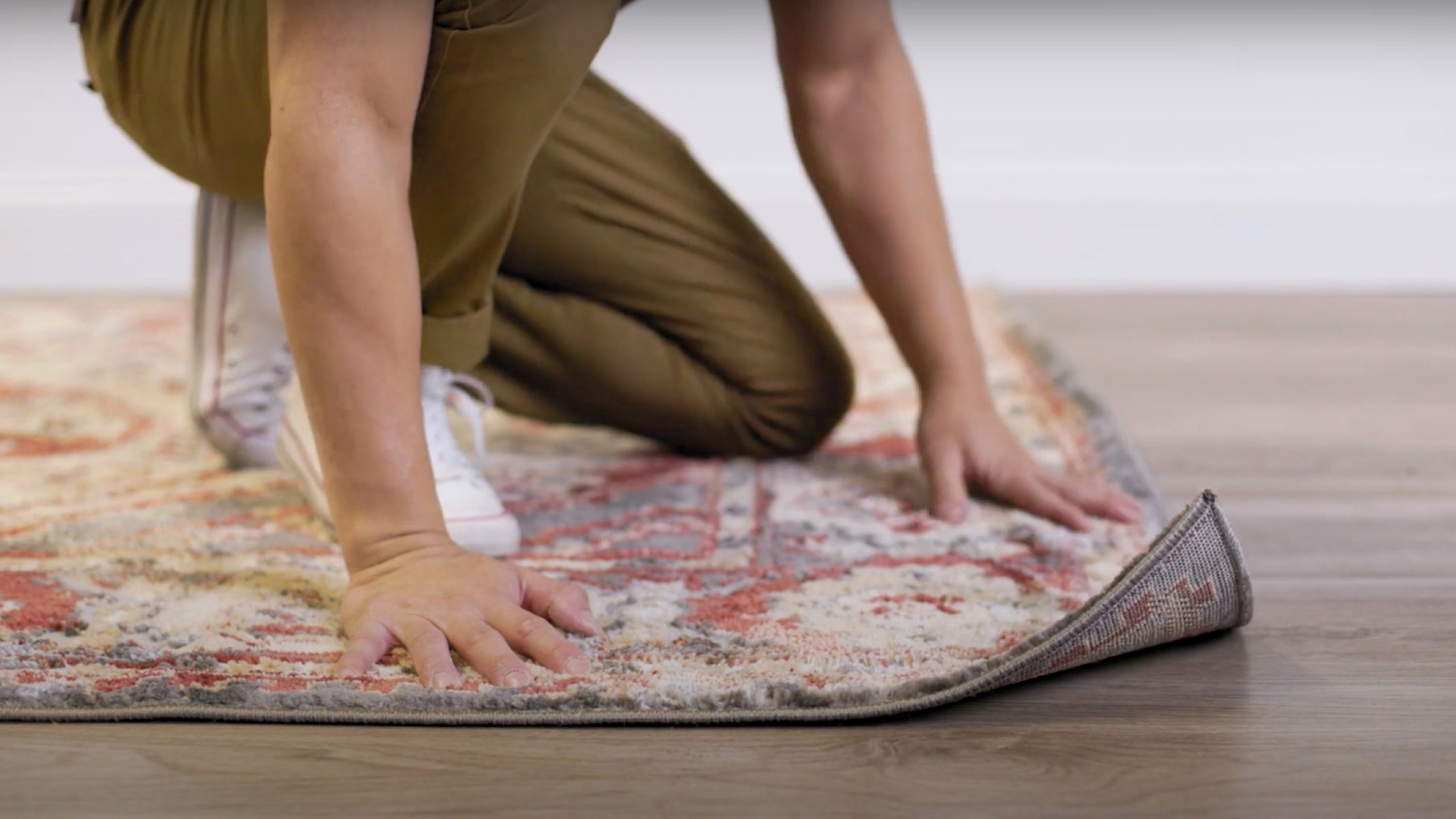
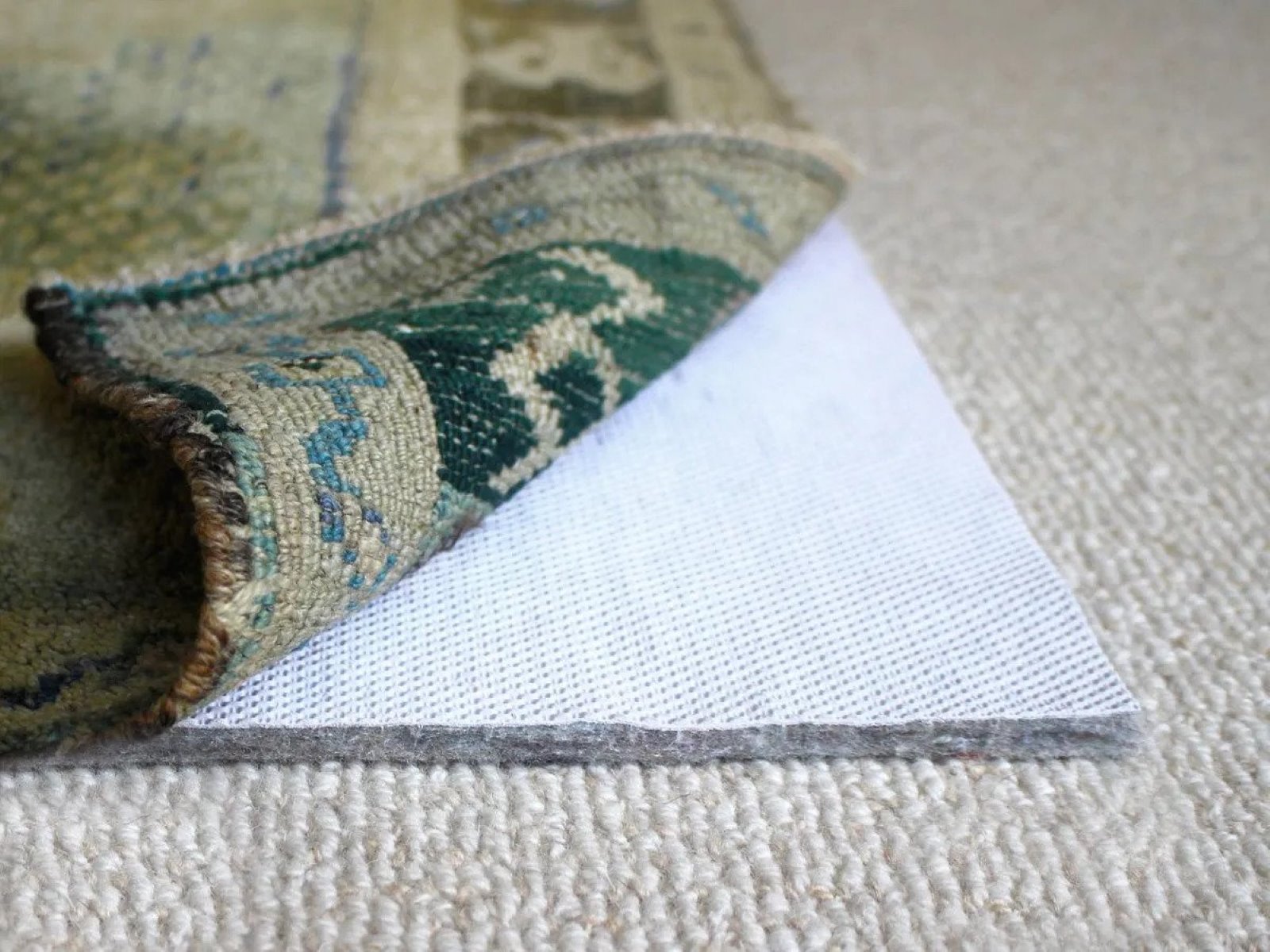


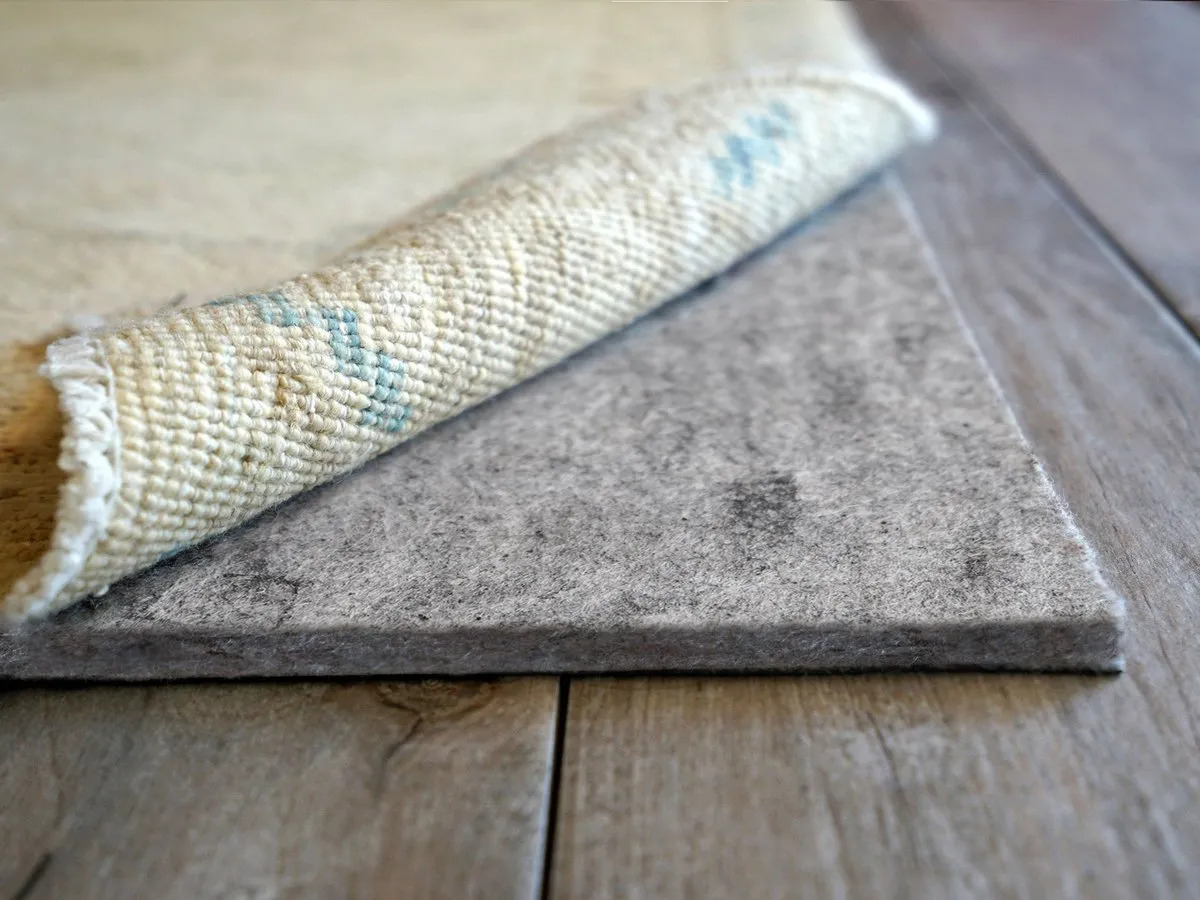
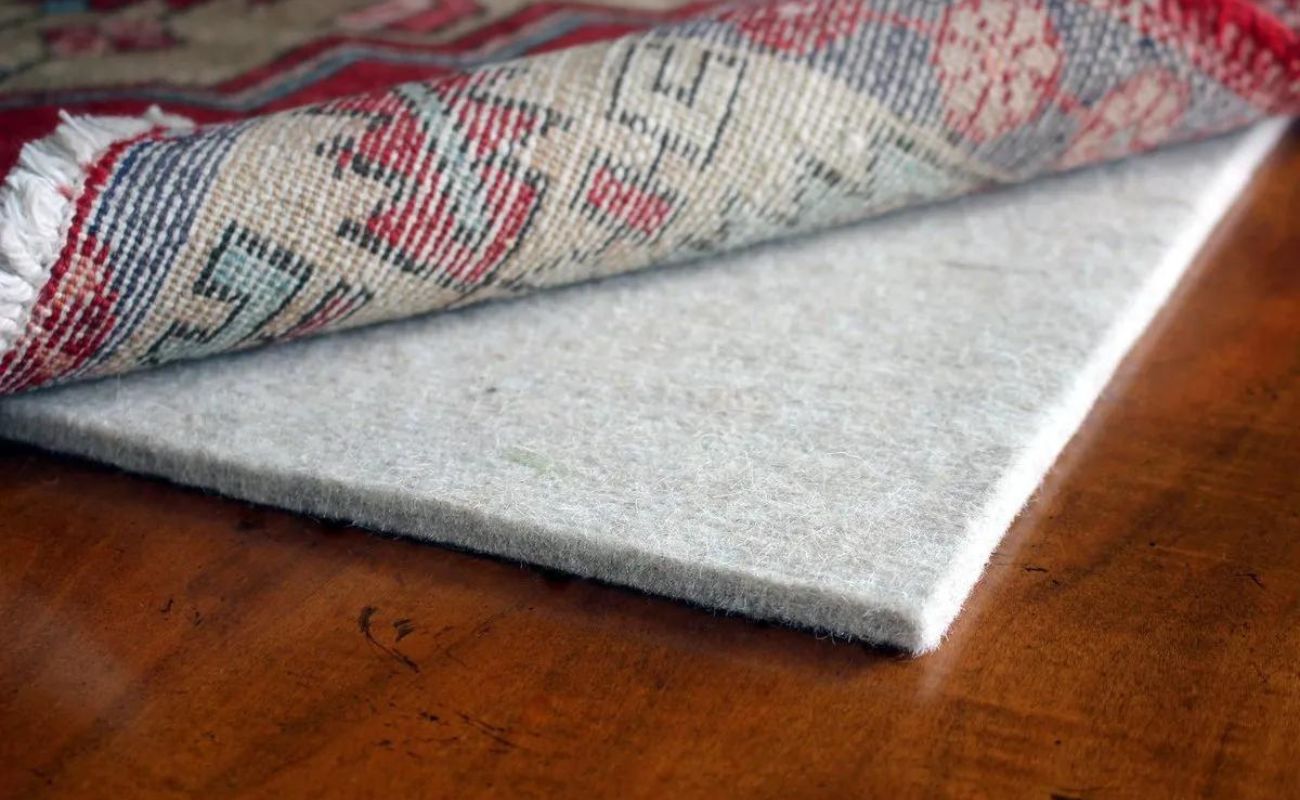
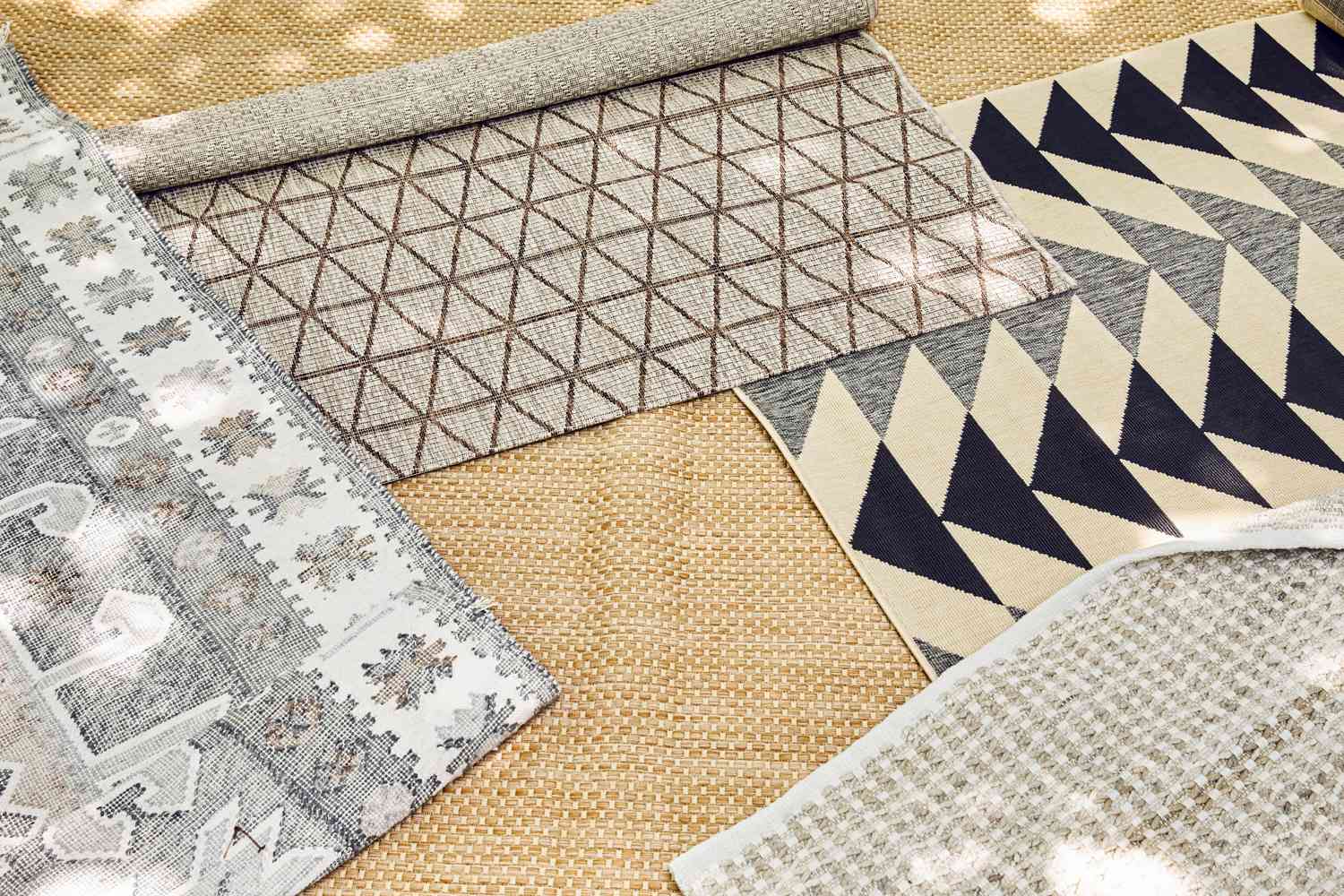
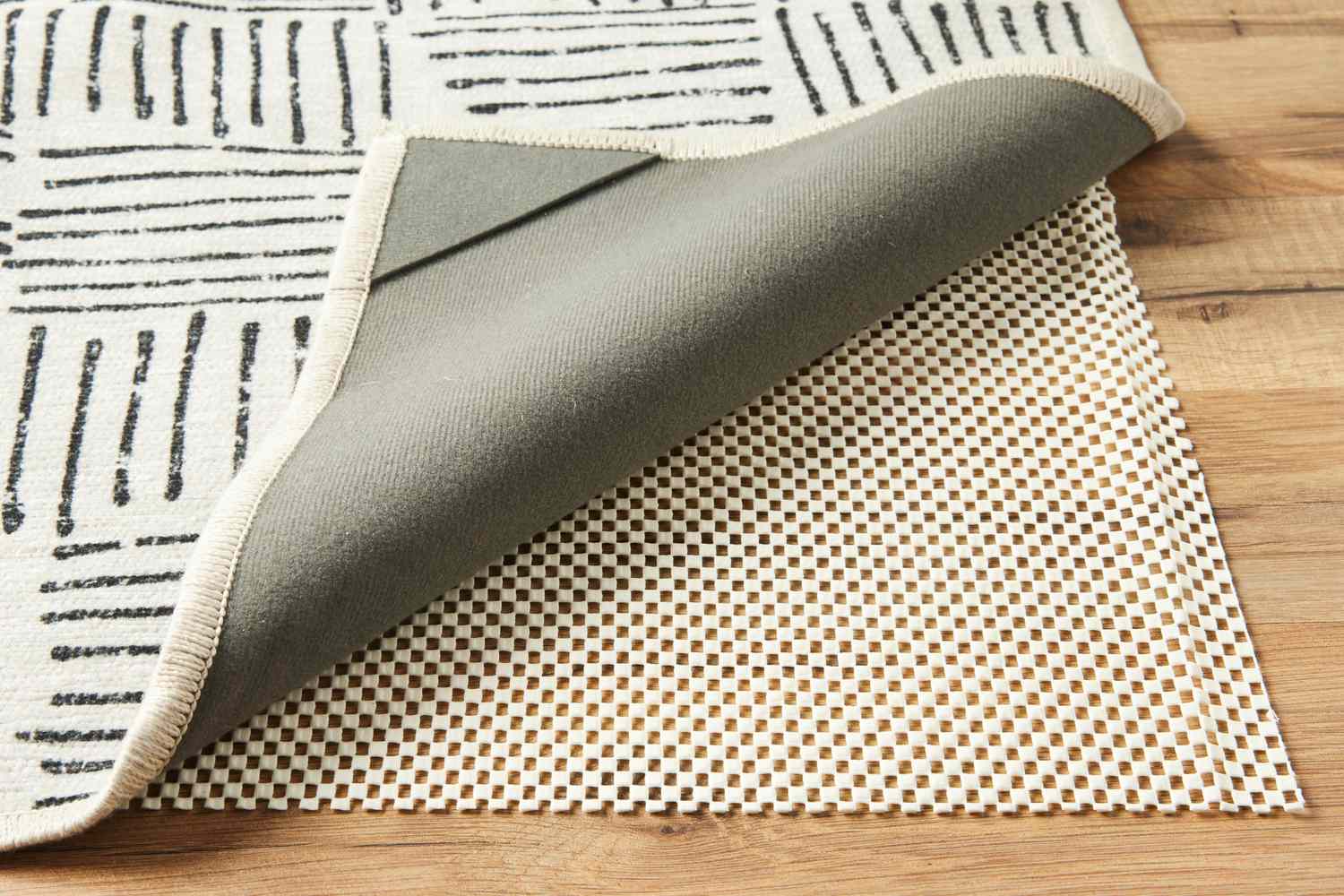
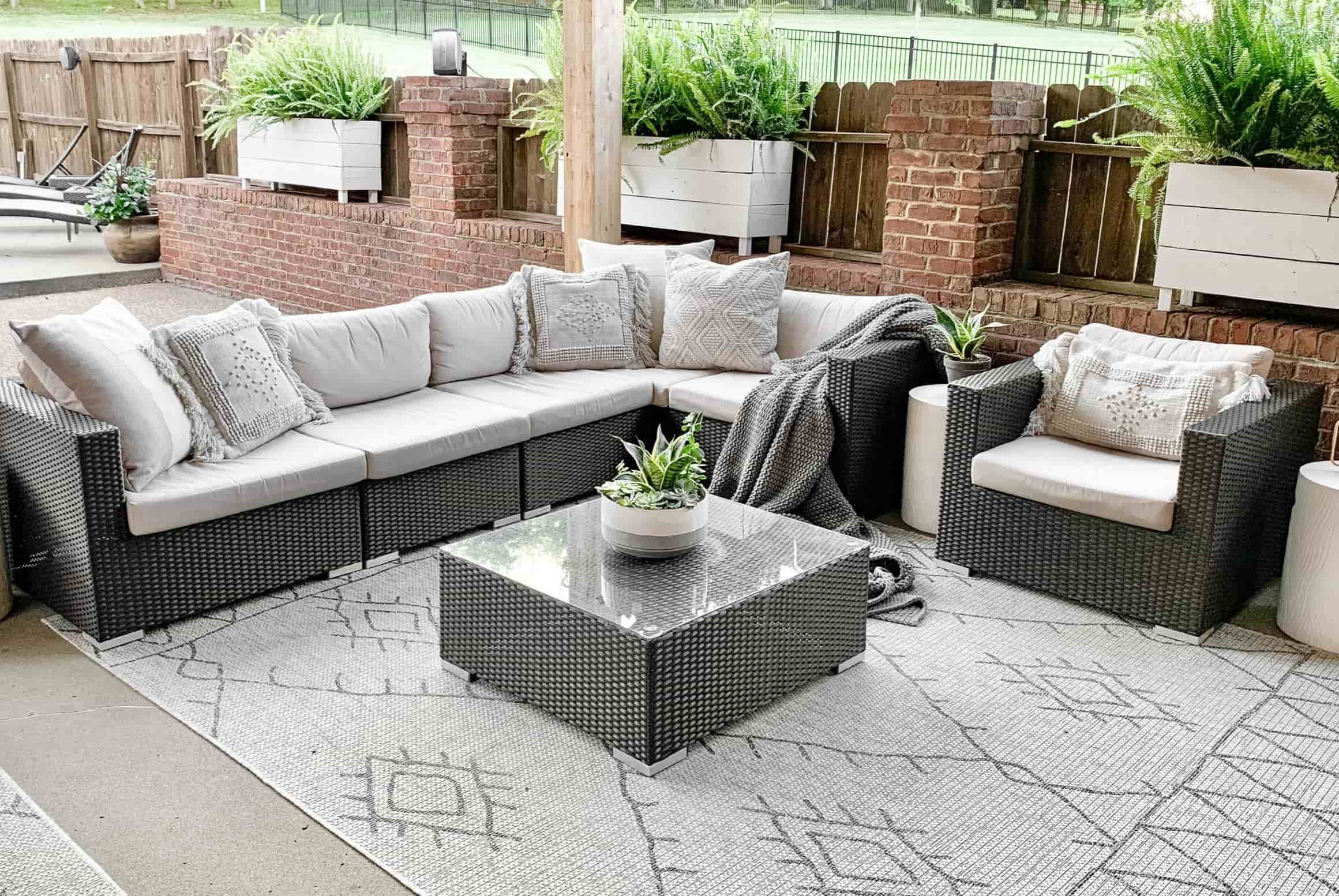
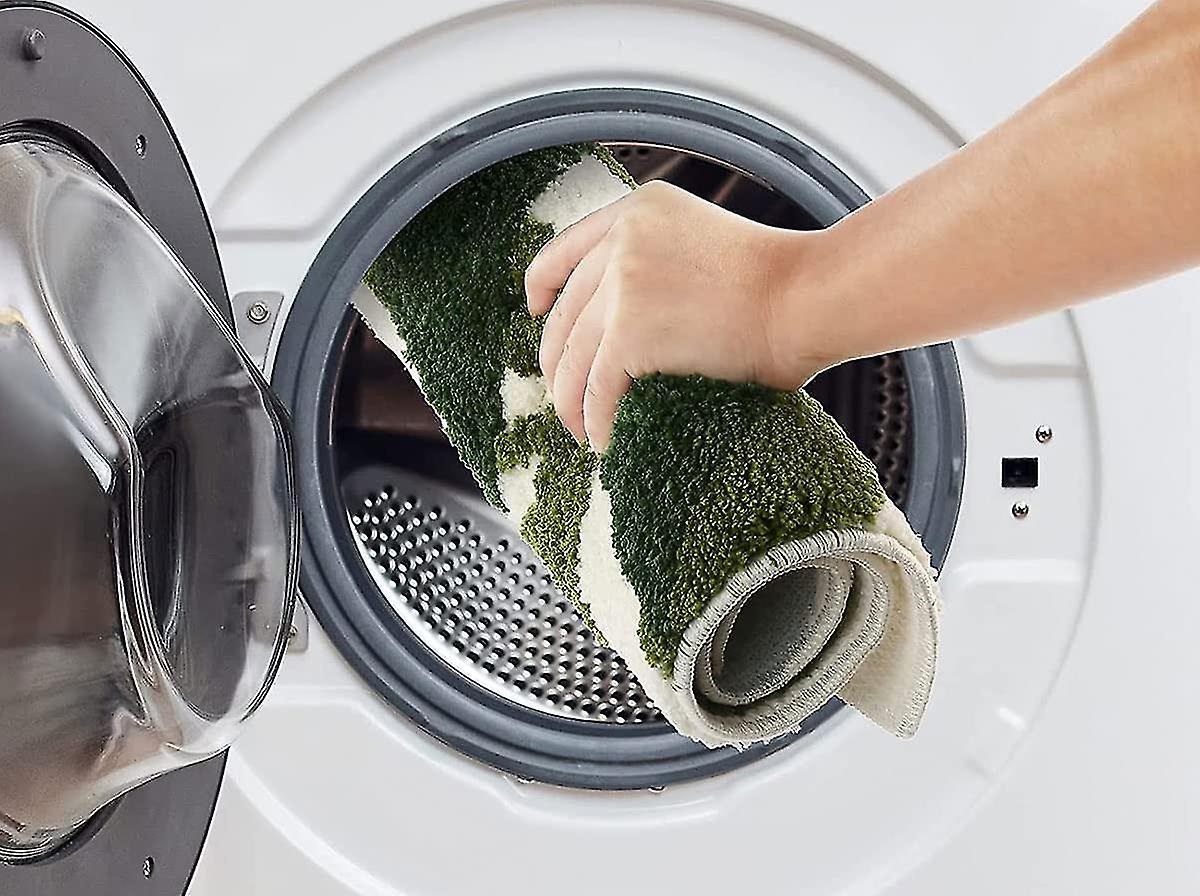
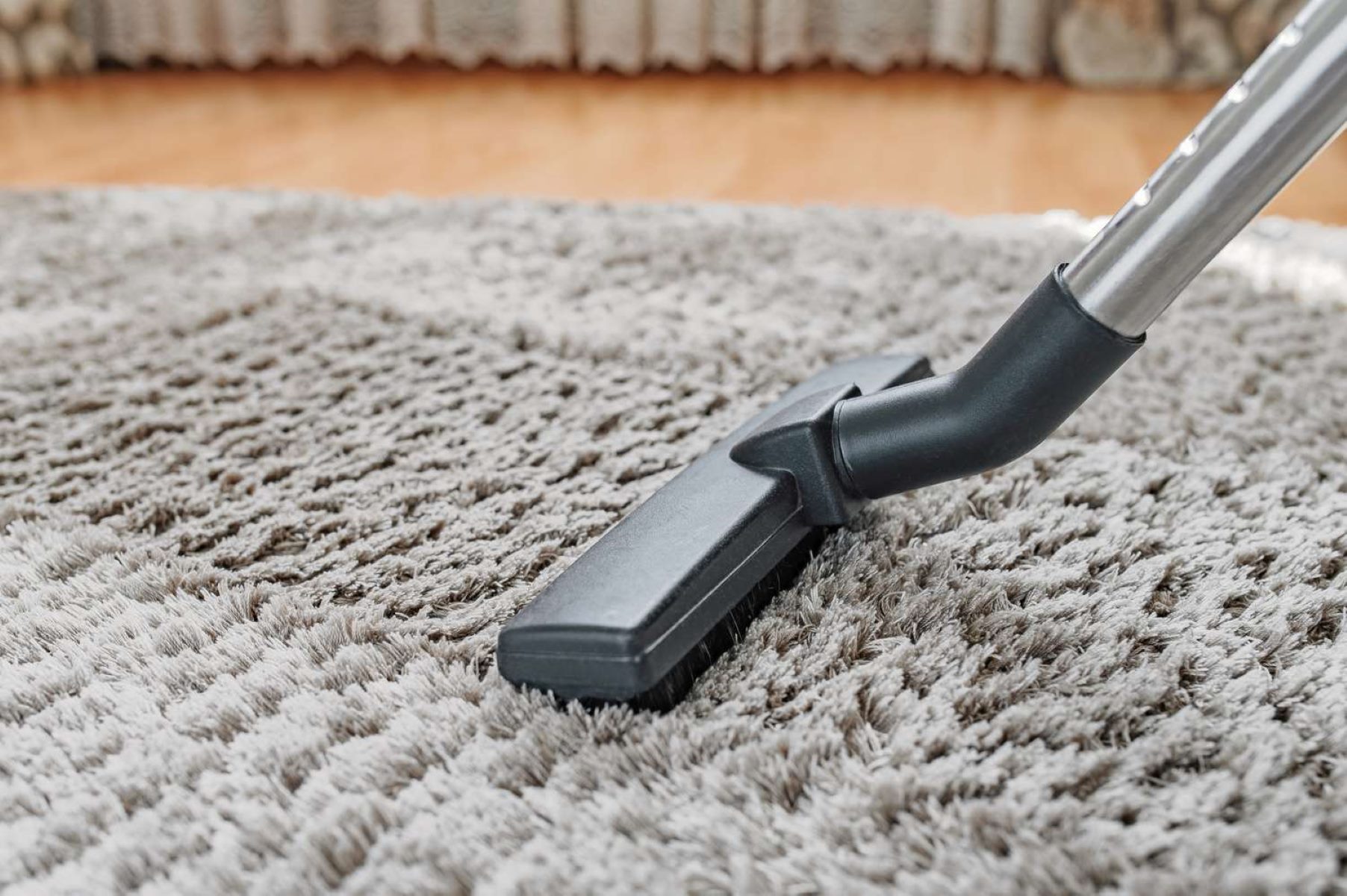
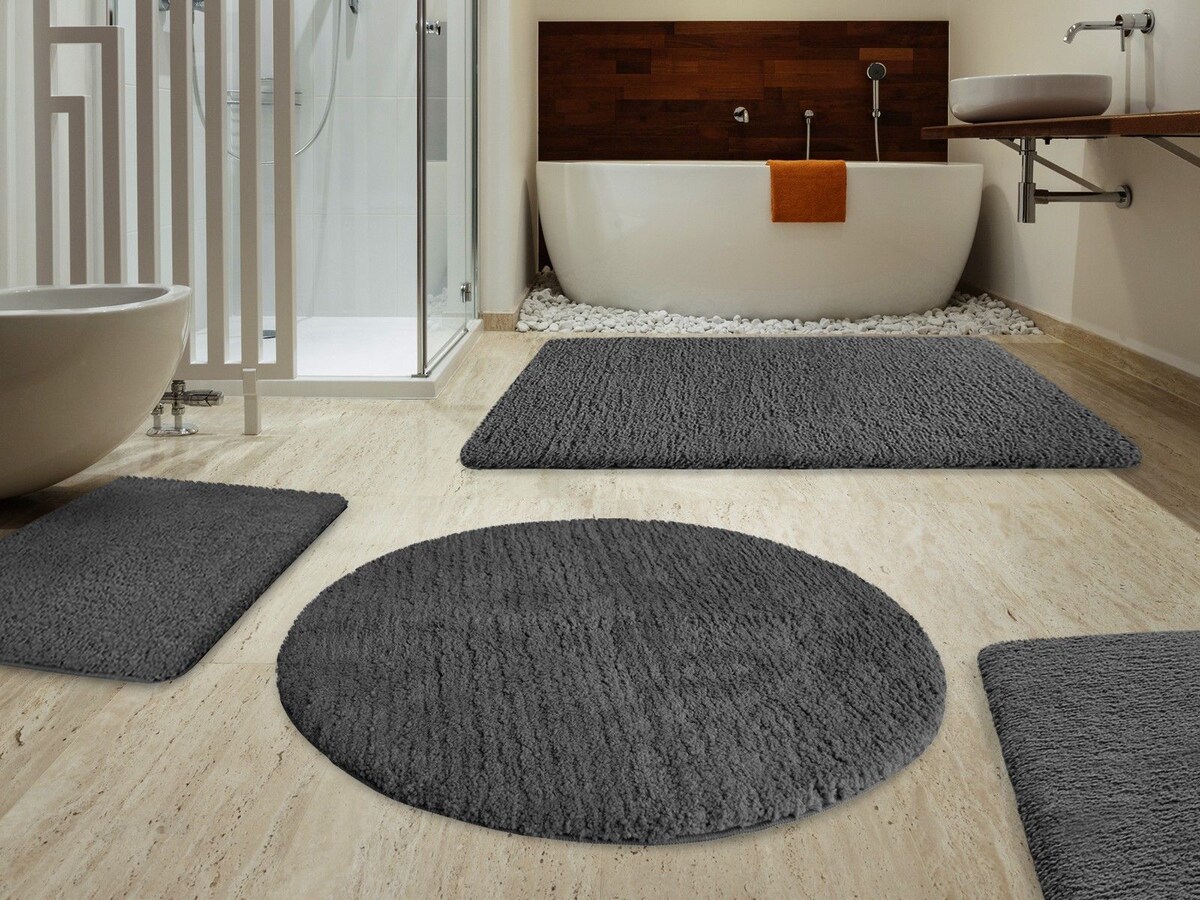
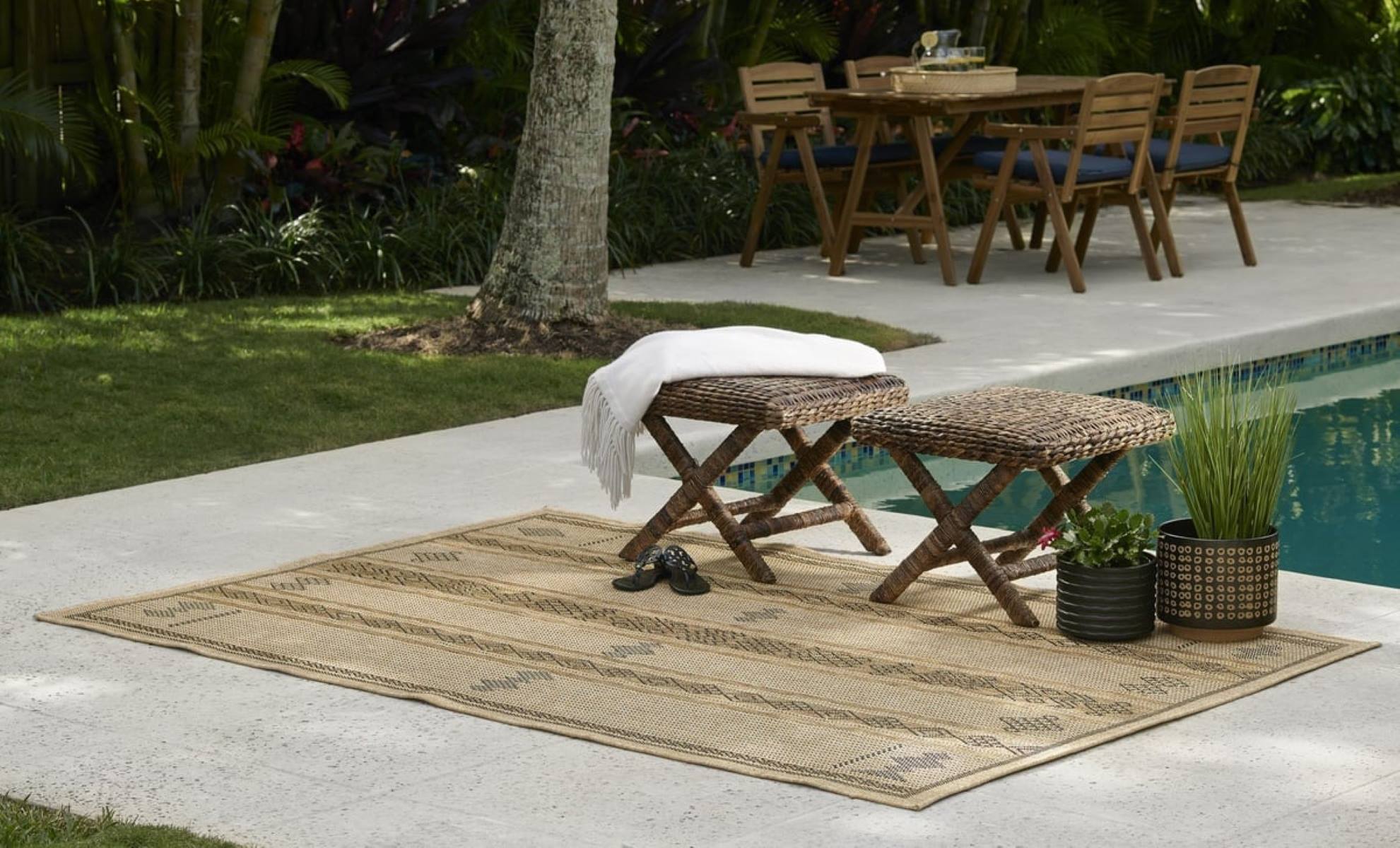

0 thoughts on “How To Keep Bathroom Rugs From Slipping”